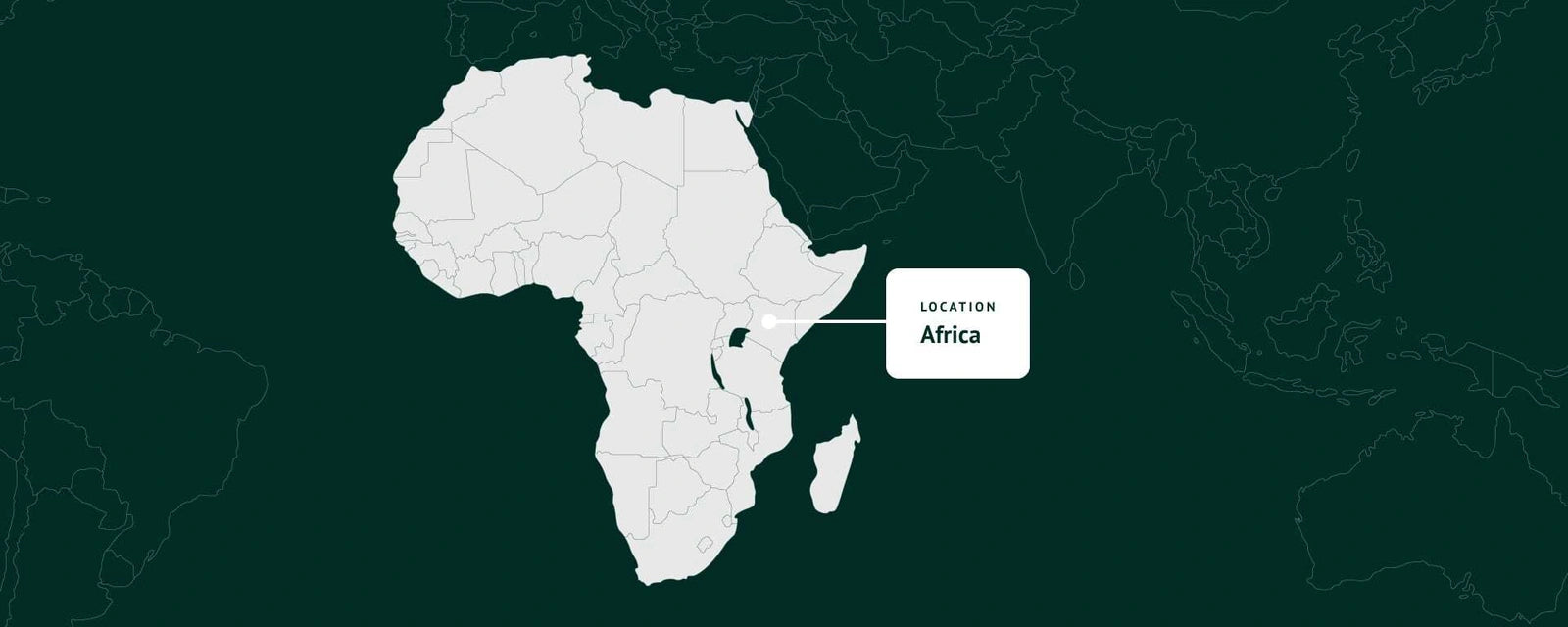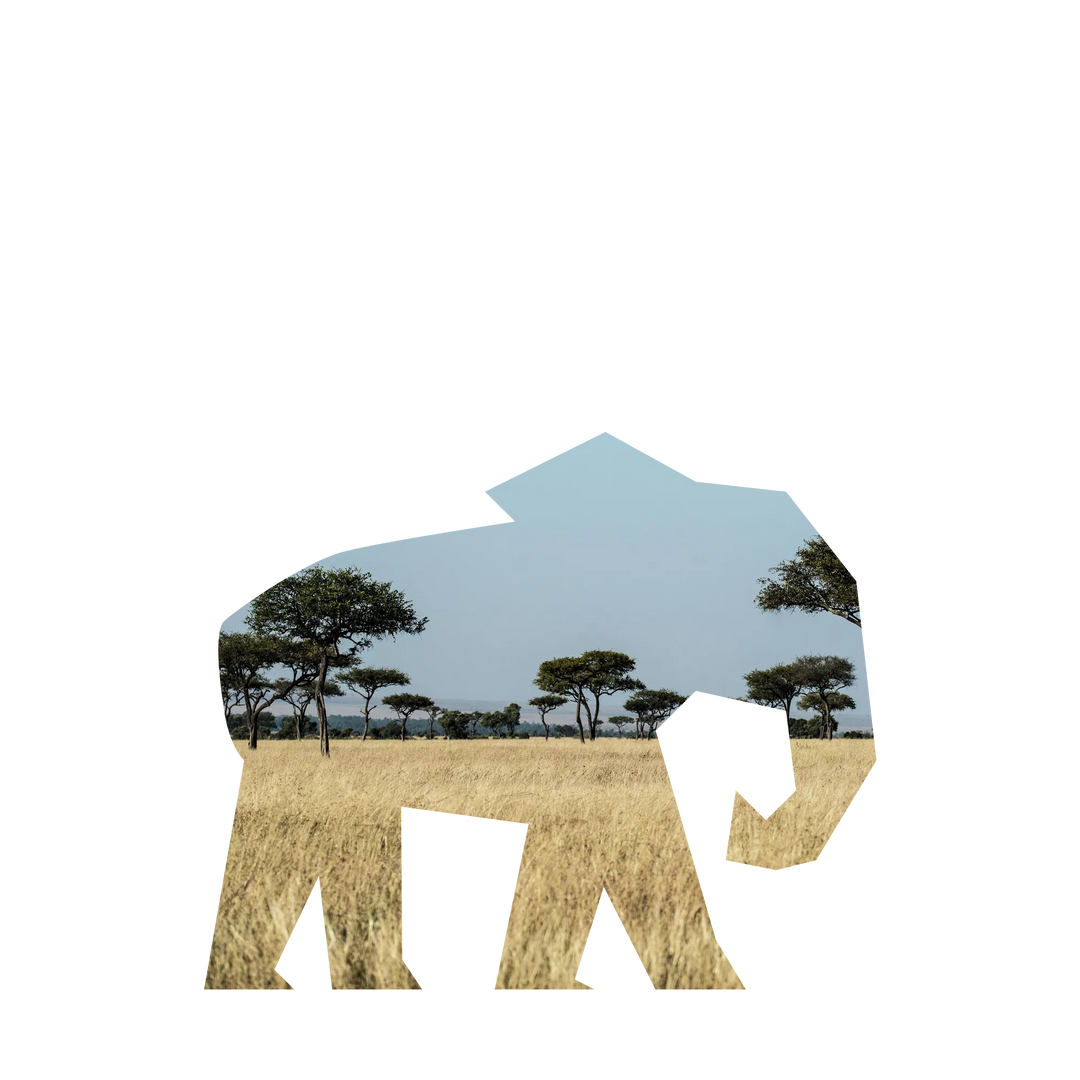Zambia
Musekese Conservation
Protecting lions, elephants, wild dogs and more in Kafue National Park.
Musekese Conservation was established in 2017 in response to the increasing severity of illegal wildlife poaching in Kafue National Park, Zambia.
Who's involved

Monitoring and Safeguarding Zambian Wildlife

COMBINED DATA
To achieve the project aims, the team implement several complementary scientific methodologies to build a robust dataset:
Spatially-Explicit Capture Recapture is conducted in vehicles to gather sightings and records of large carnivores and herbivores.
Animal track records provide insights into the distribution of all focal species.
Distance sampling provides a measure of the distribution and abundance of focal herbivore species.
Trail camera surveys are conducted to assess the distribution of all focal species throughout the ML IPZ. This method provides comprehensive coverage of the entire project area, unlike the three aforementioned methods, which are limited to coverage via road networks.



